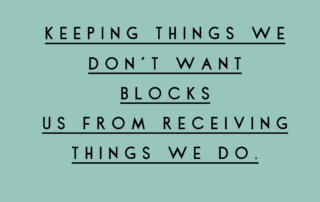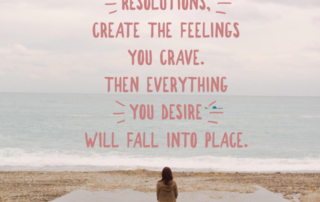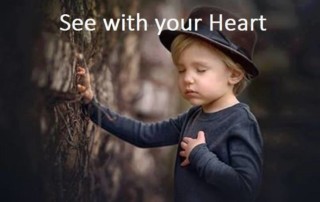Letting Go & Holding On
Why do we hold onto things?
What is it we hope to gain?
What are we so afraid of releasing, even if it’s things we’re not using?
It’s a loaded question, and one not easily answered because it’s subjective to each of us.
It’s subjective, and it’s also universal.
We all worry about needing things after we let go. We all can relate to feeling overwhelmed at the amount of responsibility on our plates, clutter in our homes and in our minds.
When it comes to letting go, we often resist. We think if we hold on, we retain a sense of control, because we know what it feels like to hold on. Letting go creates an unknown. It’s new territory.
Letting go means change.
Change is a form of surrender. We may not know what’s coming next. We may not know what to do after we release something, or someone. Where does it go? Where will it be used the most effectively? When can I get it there? Where does it go before I take it there or have it picked up? What happens after it’s gone? What’s next, and who am I without it?
All of these questions can lead to paralysis, so we do nothing. We hold on. We keep it “until we have more time” to figure out all the pieces before jumping in to something new.
I’ll tell you a secret. There’s never a perfect time. It’s like having kids. Or leaving a toxic job. Or starting a diet. Or leaving/starting a relationship. Or losing someone. There’s no perfect time. You can “prepare” yourself all you want, but when change comes, we still need to adjust, allow for transition.
There’s always that unknown space between when something ends and something new begins.
So what do you need to let go of today? Is it mind clutter that’s been overwhelming you into submission, where you just keep doing the same thing you’ve been doing and not liking the result? Maybe it’s physical clutter, and you just clean around it, seeing the piles around you (or not) and being energetically drained each time you pass them.
Action Challenge:
If it’s clutter you need to clear, give yourself one hour of time today. If an hour feels too long, make it 30 minutes. Set a timer for 15 minutes and pick one spot to clear, with the intention of bringing in more of what you love, need, and desire by releasing what you don’t. When the timer goes off, start putting things back so that when the ½ hour is up, your area is clear and you’re not left with chaos. Bag up what you’ve removed, label it “donation”, and put it in your car to go to a donation site. OR, put it in a bag or box, marked for the charity of your choice that you align with. Call the charity, schedule the pick-up, and seal the bag or box. Now you have a deadline for when it’s leaving.
If it’s not physical clutter, but an action step you need to take, allow yourself 30 minutes to research your options. Maybe you need to find a contractor or service and need referrals. Set your timer for 15 minutes making a list (an actual written list) listing out the criteria this contractor or service needs to provide. Do the test of passing up good for great. (Cheryl Richardson has a saying, “Pass up good for great.”). Once you have your list, spend the next 15 minutes asking for referrals. Maybe you can share a post on a Facebook Community Group asking for referrals. Be specific. Or text friends asking them who they’ve loved and used that moved them in the direction they wanted to go. When the timer goes off, thank yourself for taking a step toward creating space for you!
Resources to Receive Your Charitable Donations (aka Clutter):
- www.purpleheartpickup.org –They’ll pick up from your home
- https://angelsofgod.org/ – You drop off in Pitman, NJ
- https://www.habitat.org/ – Pickup or Drop off. They accept larger household items.
- https://smartparentadvice.com/how-to-donate-stuffed-animals/ – (This is an excellent article by Parenting Experts, Ryan and Cristin Howard. Their article offers ideas on how to donate stuffed animals, and their site is a great resource for navigating parenting as we release and let go.)
Leave a comment letting me know what worked or what didn’t.
Want to chat privately? Message me here.
Want to receive this newsletter in your inbox with resources on letting go, decluttering, and changing your life once and for all? click here.
Sharing is Caring! If you know someone who would benefit from reading this, please share it out! 🙂





